



Foods to Lower Blood Sugar Level
12th June 2024


Many people have a sweet tooth and often crave sugary and high-carb foods. However, excessive intake of any types of carbohydrate, especially foods with a high glycemic index, such as some foods with added sugar and refined carbs, can lead to hyperglycemia, a condition where a person has a high blood sugar level. Chronic hyperglycemia can progress to diabetes if the blood sugar level is not carefully managed and monitored.
One important diabetes management is to control blood sugar levels with a healthy diet. Here are some examples of foods that help lower blood sugar level:
1 - Whole grains
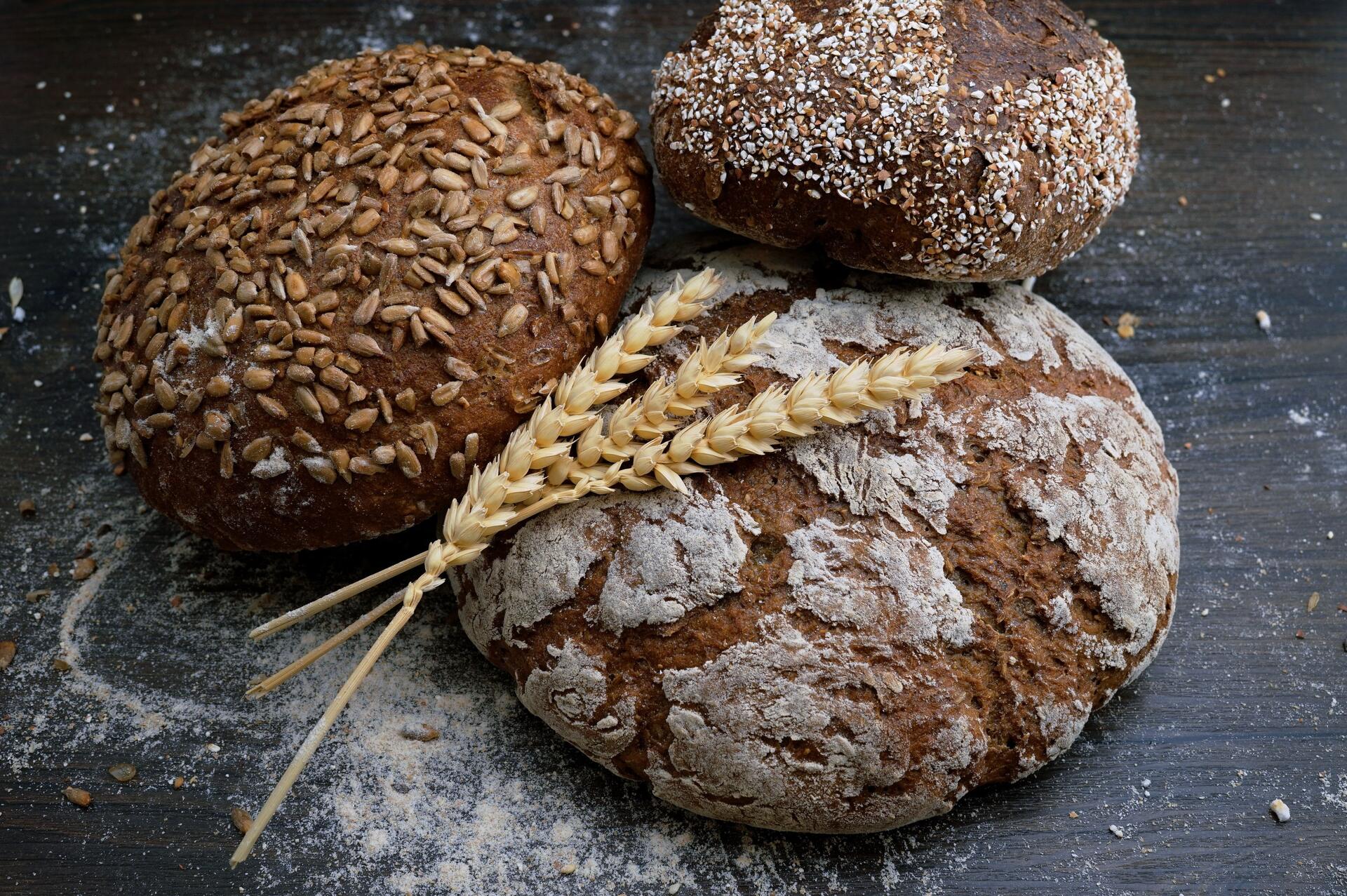
Whole grains include a wide range of unprocessed food high in fiber, a form of carbohydrate indigestible in the body.The consumption of fiber itself will not raise blood sugar level. In addition to fiber, whole grains contain a variety of minerals and vitamins responsible for many body processes and functions (e.g. iron, magnesium, vitamin B, etc.). Examples of whole grains include brown rice, oat, quinoa, rye, wheat, etc.
Oats is a fiber-rich food that contains a high content of soluble fiber, beta-glucan. The soluble fiber in oats dissolves in liquids to form a gel-like matrix in the stomach that slows down the absorption and digestion process of carbohydrates in oats. This prevents a blood glucose spike. Because oats stay in the stomach for a relatively long time, they can sustain the feeling of satiety and reduce the cravings for food. Also, oats, similar to many carbohydrate-rich foods, stimulate the release of insulin to convert glucose in the blood to glycogen to be stored in the liver or muscles, which reduces blood sugar levels. A review of 16 studies stated that regular intake of oats can effectively lower the blood sugar level of type 2 diabetic patients. Old-fashioned oats are the most preferred form as it has the highest fiber content, and hence better blood sugar-lowering ability when compared to other kinds of oats.
Celiac disease patients should be aware of the amount of intake of oats and other gluten-containing whole grains because they are allergic to a particular peptide resulting from the digestion of gluten. They may experience gastrointestinal discomfort such as bloating and diarrhea after consuming certain whole grains, such as wheat, barley and rye.
2 - Fruits & non-starchy vegetables
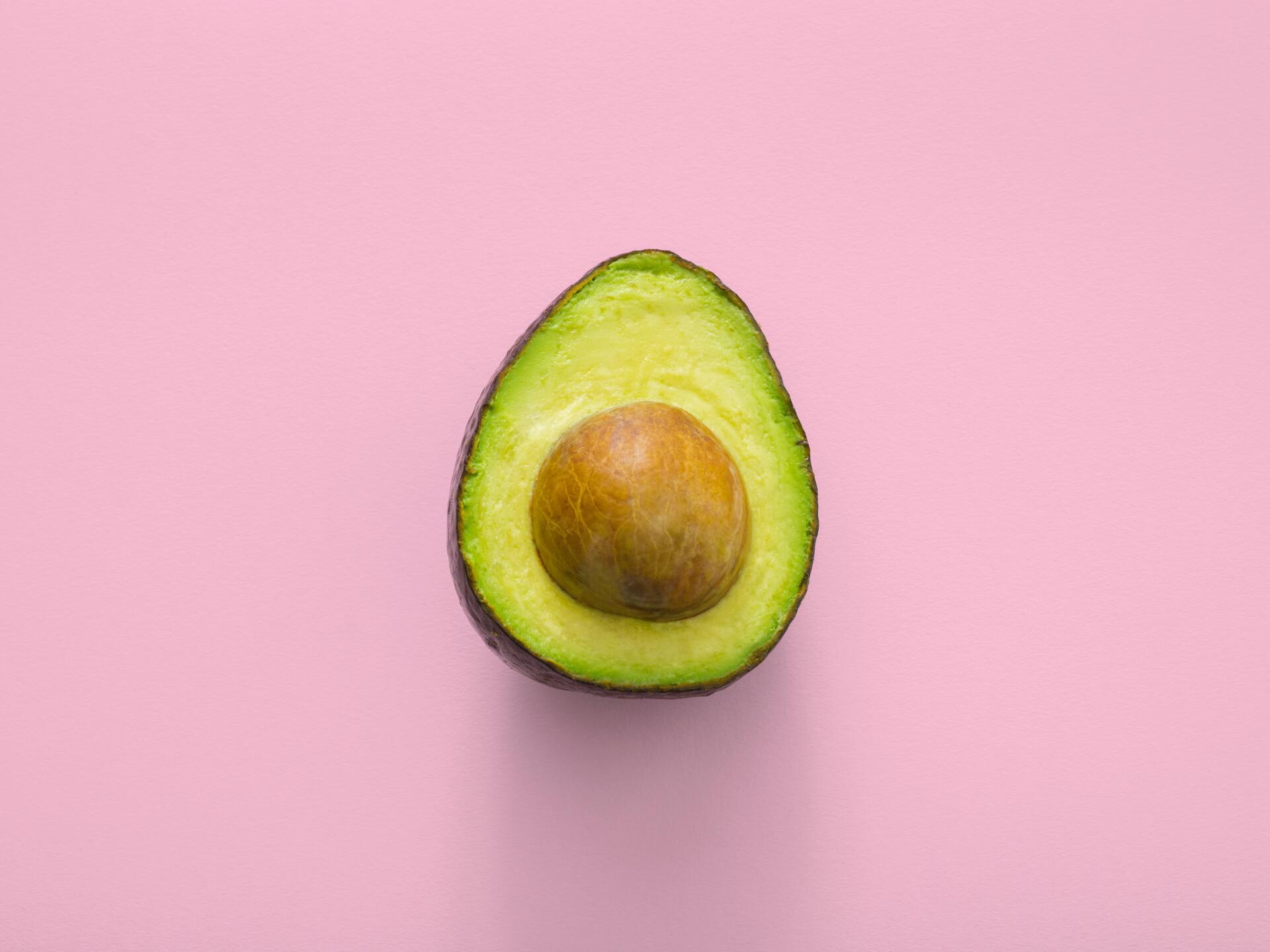
Being rich in fiber, fruits and vegetables are also great food choices for blood sugar control. A study conducted in 2013 found that regular intake of whole fruits, especially blueberries, grapes, and apples may be associated with a reduced risk of developing type II diabetes.
Other than being rich in both soluble and insoluble fibers, avocado contains healthy unsaturated fats. Many studies revealed that the high fiber content of avocado can stabilize blood sugar levels and reduce the risk of developing different metabolic syndromes, including high blood pressure and hyperglycemia.
A few interesting points to note:
- Eat whole fruits including the skin because it is where the fiber concentrates
- Of the same weight, fresh fruits usually contain less natural sugar than dried fruits and fruit juice
Non-starchy vegetables particularly are ideal for blood sugar regulation. Taking kale as an example, this leafy vegetable packed with fiber and antioxidants (e.g. quercetin, kaempferol) is shown to potentially lower blood sugar. On the other hand, starchy vegetables like potatoes contain low fiber and high carbohydrate content, whereas certain varieties of starchy vegetables contain fewer carbohydrates but still high fiber. Examples of the latter include sweet potatoes and yams, which may be suitable for diabetic patients in moderate consumption.
3 - Nuts
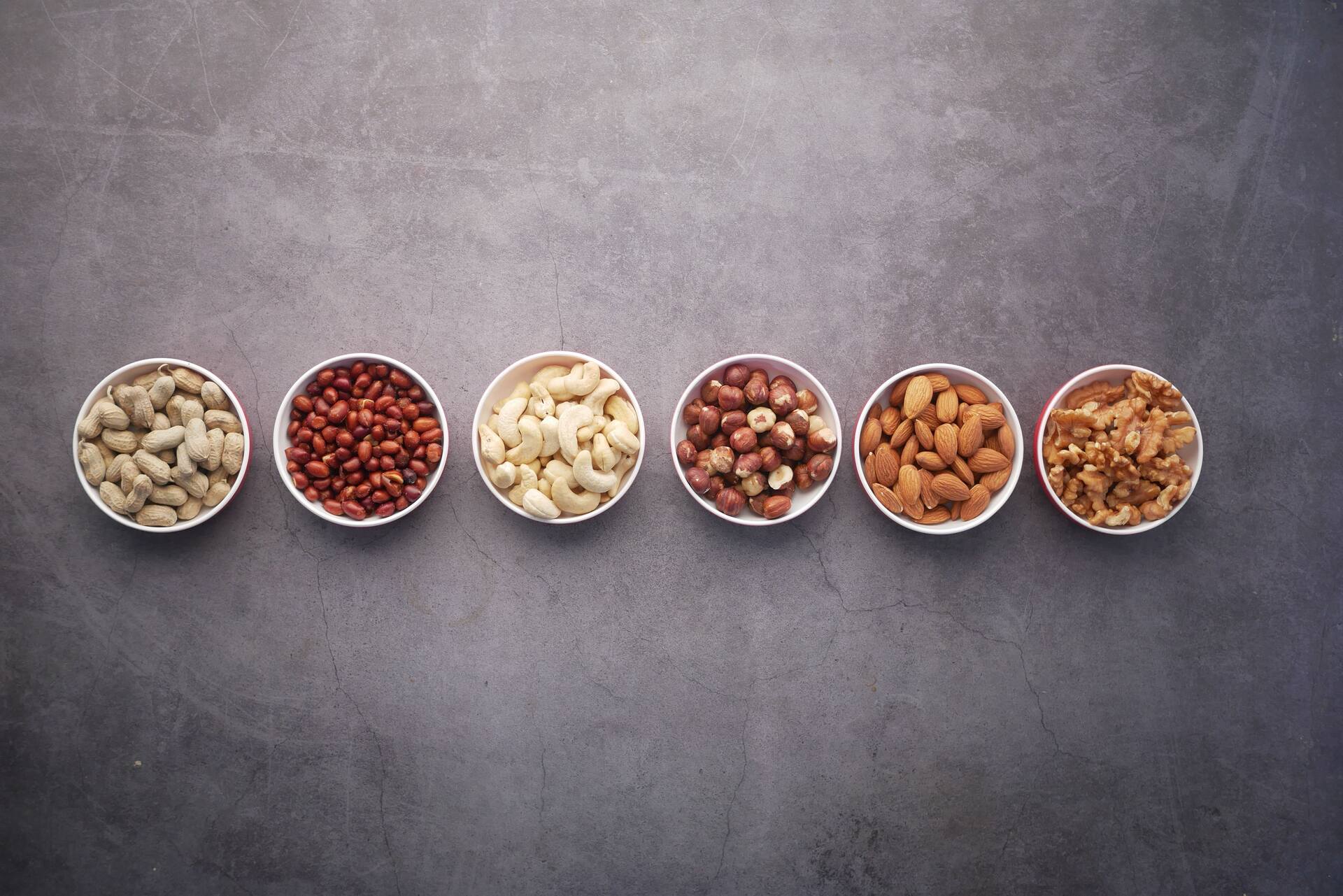
Almonds, cashews, peanuts, pistachios… These nuts are the favorite snacks of many, being also high in fiber and healthy fats. They contain a variety of nutrients: antioxidants, minerals, vitamins, and certain types contain omega-3 (e.g. walnuts) for different health benefits. A review article found that an average daily intake of 56g of nuts can significantly reduce the fasting blood sugar level, which is used as an indicator for blood sugar control in diabetic patients.
4 - Seeds
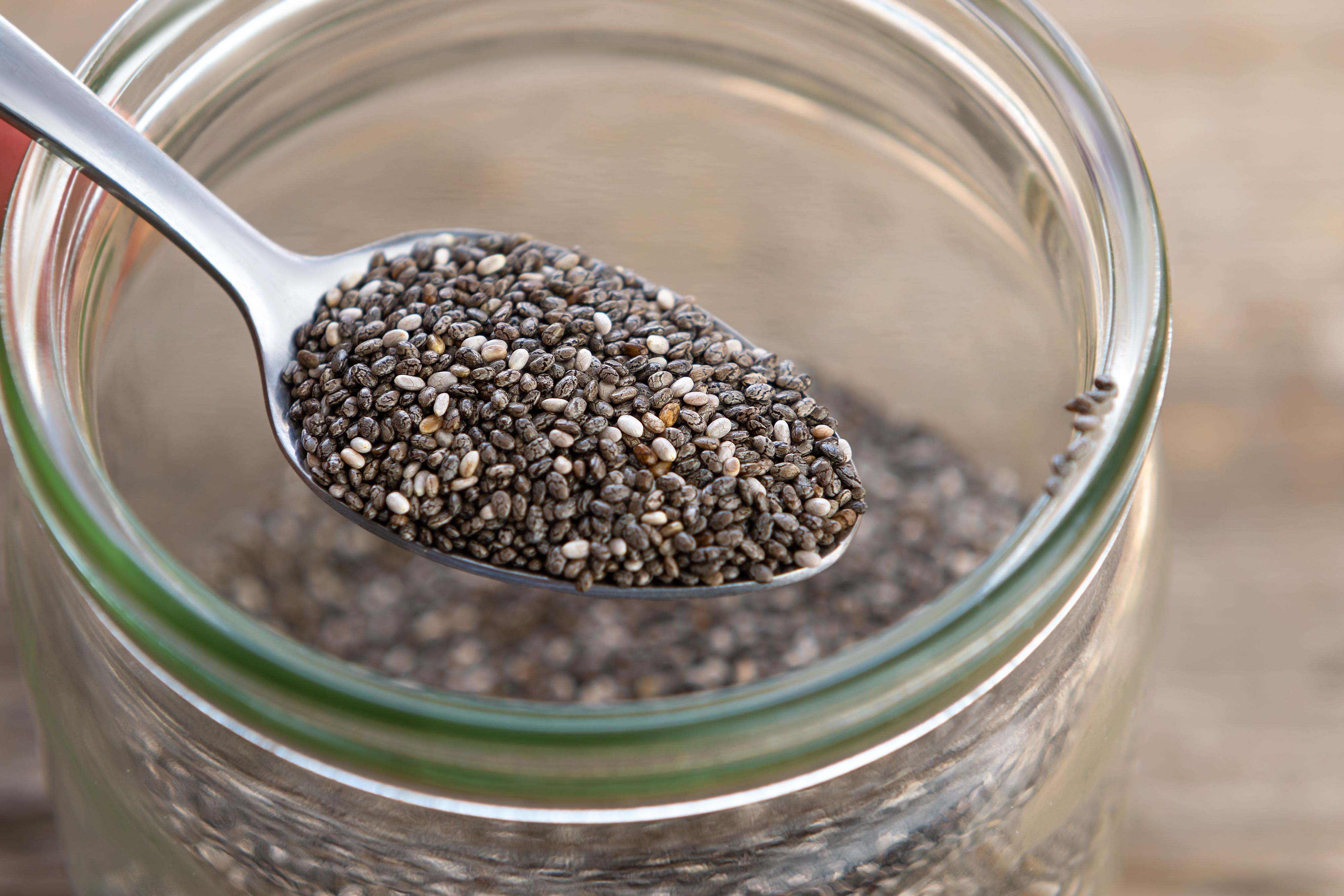
Seeds are great sources of fiber, and they are loaded with healthy fats, vitamins, minerals and antioxidants. Eating seeds regularly helps regulate blood sugar levels.
A recent systematic review discovered that the antioxidants in chia seeds can enhance insulin sensitivity, lower blood sugar levels, as well as reduce the risk of developing diabetes.
5 - Dairy and dairy-substitute products
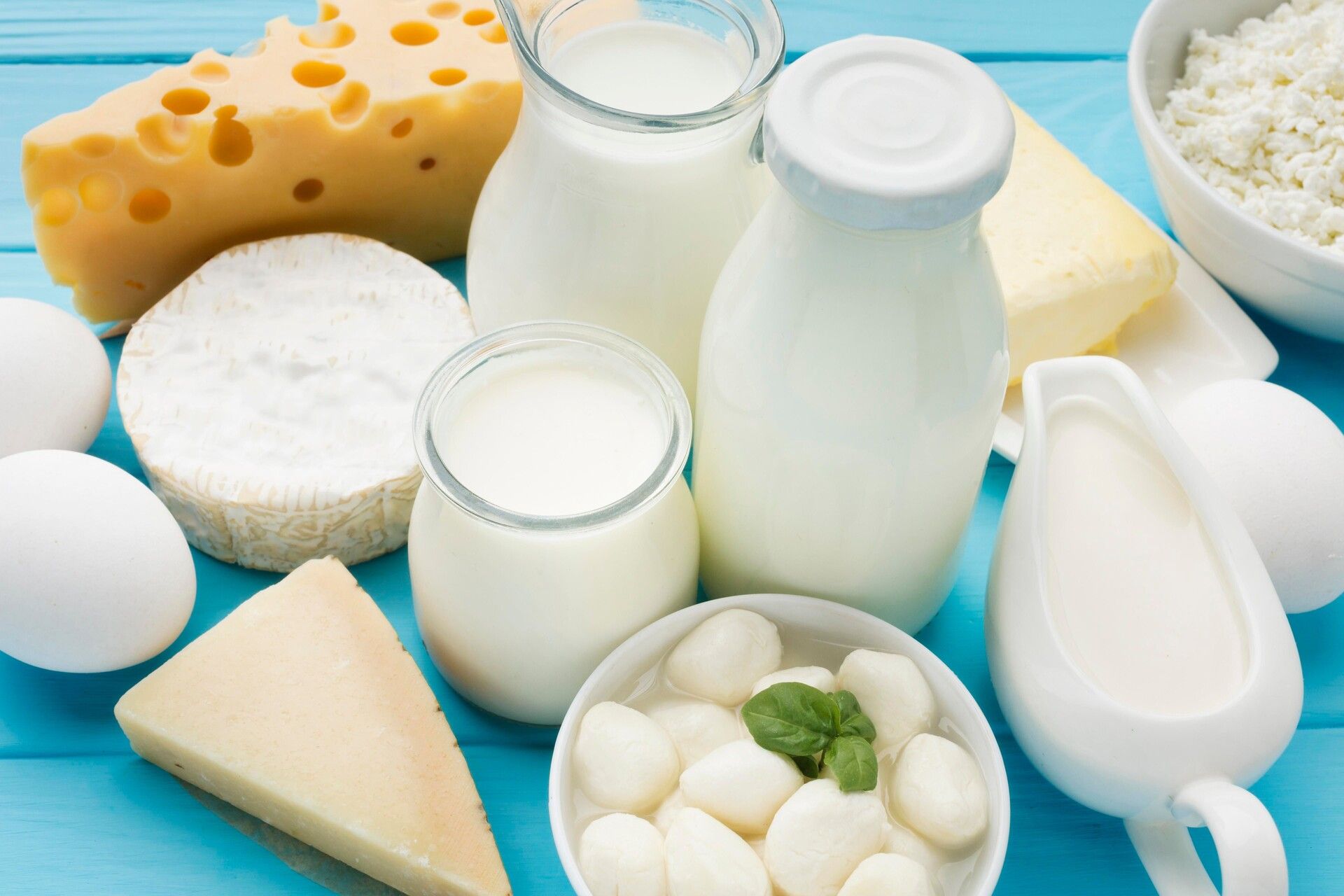
An essential part of the contemporary diet, dairy products, for example, yogurt, cheese, milk and certain plant-based milk such as soy milk and oat milk, are effective in stabilizing blood sugar levels.
Randomized controlled trials concluded that the consumption of probiotic yogurt significantly reduced the fasting blood glucose level and HbA1c (glycohemoglobin — which reflects the average blood sugar level in the past three months). The mechanism of glucose metabolism of probiotics may be attributed to their antioxidative properties.
Other foods to lower blood sugar level
Garlic
Garlic is often known for its distinctive strong smell and commonly used to flavor dishes — steaks, pastas, curries, dips and the list does not end here. Garlic is rich in antioxidants allicins, which may stimulate insulin production and insulin sensitivity to reduce blood glucose. Contrarily, processed garlic products such as garlic salt, powder or oil, do not contain allicins, so they do not contribute to lowering blood sugar.
Nonetheless, people who are taking blood-thinners should limit garlic intake because garlic exhibits blood-thinning properties and may lead to bleeding when taken with blood-thinning medications.
Cinnamon
Popular in the East and the West, cinnamon is a spice that brings multiple health benefits. To be specific, its antioxidants polyphenols can imitate the action of insulin and increase glucose metabolism. At the same time, polyphenols can also stimulate insulin sensitivity, which helps lower blood sugar levels.
Be aware that cinnamon contains coumarin, making it harmful to the liver when consumed in excess.
Looking for life or health insurance for yourself, your family or your team?
Do you already have an insurance policy? You could find a better plan!
Alea brings you choice, unbiased advice and outstanding service, with access to 100+ options from 25+ insurance companies. If you already have an insurance policy, switching insurance policies with Alea doesn’t cost you a thing.
Get free quotes with us today.
An advisor will be in touch to answer all your questions!
This article was independently written by Alea and is not sponsored. It is informative only and not intended to be a substitute for professional advice and should never be relied upon for specific advice.
